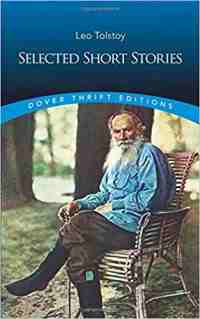Slava: After the Fall by Pierre-Henry Gomont
 Friday, February 17, 2023 at 5:49AM
Friday, February 17, 2023 at 5:49AM 
First published in France in 2022; published in translation by Europe Comics on January 25, 2023
This graphic novel is set in the 1990s. Russia has transitioned from a country of corrupt government officials controlling the means of production to one of corrupt oligarchs controlling a privatized economy. Slava Segalov “grew up in a world where ‘salesman’ meant ‘scammer’.” He aspired to be a starving artist but, after he tired of starving, joined his childhood friend, Dimitri Lavrin, in the business of looting abandoned Soviet buildings. Dimitri steals goods to sell to Russian consumers who are eager to own the things they always coveted. While Slava was once a student of philosophy and art, Dimitri — a lifelong grifter — is teaching Slava to be a capitalist (i.e., thief).
Slava and Dimitri are driving a van full of looted goods when a band of highway robbers forces the van off the road. An armed woman named Nina rescues them for the bargain price of 500 rubles. She takes them to an abandoned resort that Dimitri regards as ripe for looting. Nina is squatting there with her father (Volodya) and doesn’t appreciate the concept of being looted in exchange for saving Dimitri’s life. Volodya, on the other hand, wants to make a deal with Dimitri even if he’s a grifter because “We’re Russians. Racketeering’s in our blood. Before, during, and after communism. It courses through our veins as surely as vodka.”
Nina is squatting in the resort because the mine that employed her is being privatized. Dimitri understands (and admires) the investor’s scheme to acquire the mine dirt cheap in exchange for lavish promises of high-paying jobs, followed by closing the mine and selling its assets for a tidy profit. The miners are less sanguine when Dimitri explains the investor’s scheme, but Nina’s boyfriend proposes a grift of his own to benefit the miners.
The story takes the four central characters on an eventful journey through the mountains and villages of a corrupt land. Slava begins to question Dimitri’s cynical nature. Dimitri believes Slava has only acquired morality because he is enchanted by Nina. As a prototypical Russian, Volodya solves problems by drinking and fighting. Nina is attracted to Slava but doesn’t want to betray her boyfriend.
The story is amusing but dark, rooted in the pain of ordinary people who have little hope of improving their lives because they are part of a system that does not value ordinary people. The story creates satisfying tension as the characters clash and unite in pursuit of separate and common agendas. While the ending is satisfying, it doesn’t avoid the harsh reality of life in an empire ruled by crime.
Pierre-Henry Gomont’s art is somewhere between cartoonish and stylized realism. Think Doonesbury with a bit more detail. The story is narrated in the margins between rows of panels. Dialog and thought balloons sometimes rely on a picture — a raging fire or a man swinging from a noose — rather than words. I’m no art critic, but I thought the art made a significant contribution to the story, as should be the case in a graphic novel.
RECOMMENDED



